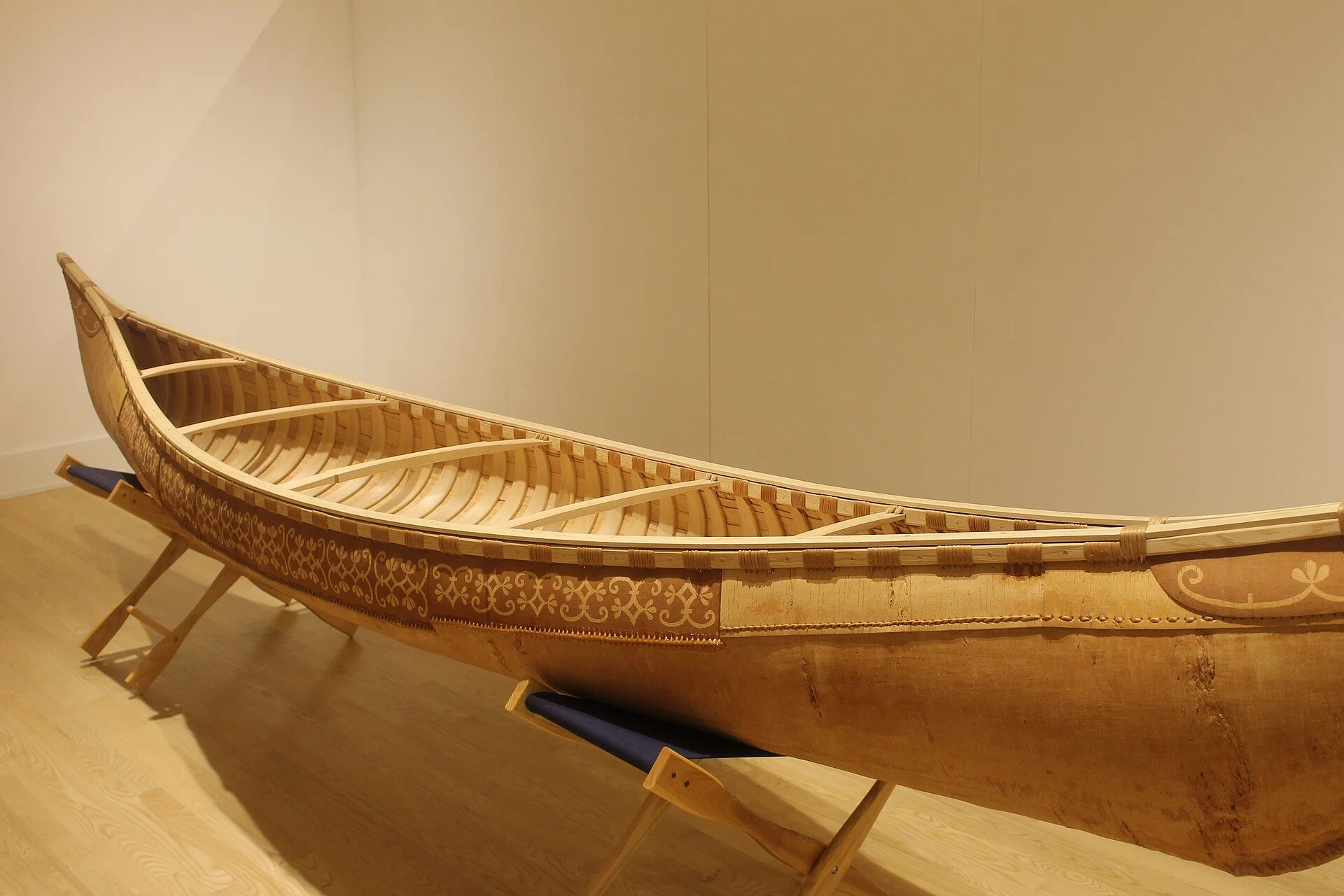From The New England Council (newenglandcouncil.com):
”Jackson Laboratory will send a group of their ‘custom-designed mice’ to the International Space Station to help scientists better understand muscle and bone loss in both space and on Earth. Based in Bar Harbor, Maine, Jackson Laboratory is a nonprofit biomedical research institute focused on improving health care through analyzing the unique genetic makeup of each individual.
The study, designed by Jackson’s Se-Jin Lee, will examine the effects of microgravity on astronauts’ bones and muscles during space flight, and explore ways to prevent it. In addition, the study’s results may also yield information that can help the elderly, bedridden, and those with muscle-wasting conditions. The strain of mice that will be used in this study are referred to as “mighty mice” by the Jackson Lab, which engineered them to be without the gene responsible for producing a muscle growth inhibitor named myostatin. Without the gene, the lab’s mice grow skeletal muscles twice the normal size.
Mr. Lee traveled to the Kennedy Space Center, in Florida, to deliver a group of 10-week-old mighty mice for their Dec. 4 departure to the International Space Station, where they will spend 40 days. Upon their return, Mr. Lee will continue the research alongside his team and students from two Connecticut public high schools.
“Our discovery suggested blocking myostatin activity in livestock and aquatic species could be an effective strategy for dramatically improving meat/fish yields to help meet the shrinking world food supply,” he said. “Inhibiting myostatin activity may represent a new strategy for increasing muscle growth and regeneration.”




















